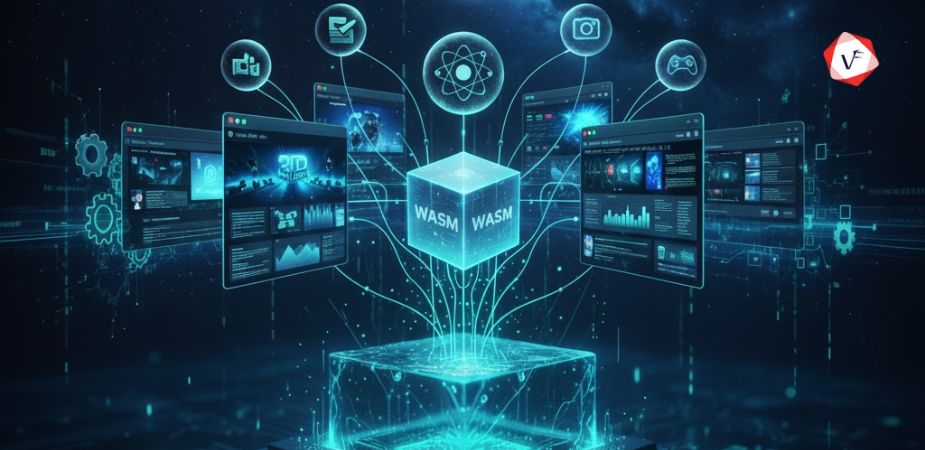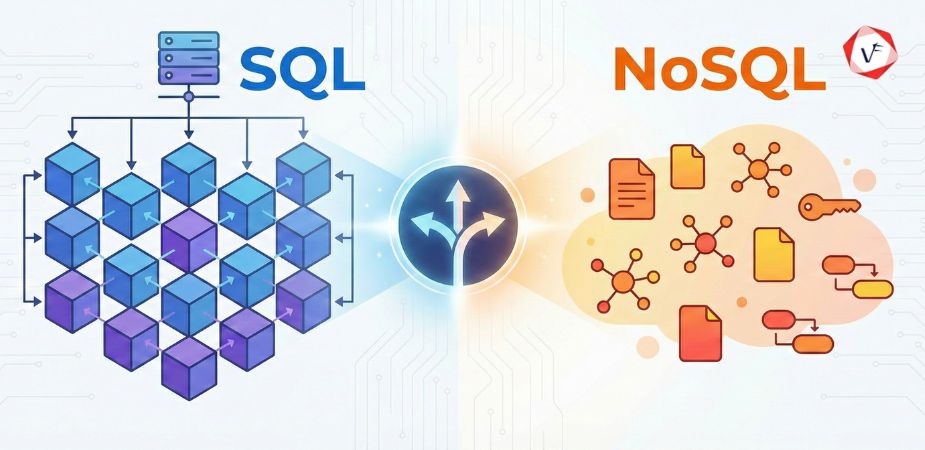- August 04, 2025 1:30 pm
- by Safvana
- August 04, 2025 1:30 pm
- by Manek

In the growing cybersecurity landscape, organizations must proactively protect their networks, systems, and data from various cyber threats. One essential tool in modern cybersecurity strategies is Security Information and Event Management (SIEM). SIEM solutions help businesses detect, analyze, and respond to security incidents by aggregating and analyzing security data from different sources. This blog will provide an in-depth understanding of SIEM, its functionality, benefits, and why it is crucial for organizations.
SIEM (Security Information and Event Management) is a security solution that combines Security Information Management (SIM) and Security Event Management (SEM) to provide real-time monitoring, analysis, and reporting of security events across an IT infrastructure. SIEM solutions help organizations detect anomalies, identify threats, and ensure compliance with industry regulations.
SIEM solutions work by collecting and analyzing log data from multiple sources, such as network devices, servers, applications, and security tools. The key functions of SIEM include:
A robust SIEM solution offers the following features:
1. Log Management
SIEM collects and manages logs from different sources, ensuring a comprehensive view of security events across an organization’s IT environment.
2. Event Correlation and Analysis
SIEM applies correlation rules to identify patterns and anomalies that may indicate a security threat.
3. Security Monitoring and Alerts
It continuously monitors security logs and triggers alerts based on predefined threat detection rules.
4. Threat Intelligence Integration
By incorporating external threat intelligence, SIEM enhances its ability to detect known threats and prevent potential attacks.
5. User and Entity Behavior Analytics (UEBA)
Advanced SIEM solutions use UEBA to analyze user behavior and detect anomalies that may indicate insider threats or compromised accounts.
6. Compliance and Reporting
SIEM helps organizations comply with regulatory standards (such as GDPR, HIPAA, and PCI-DSS) by generating reports and maintaining audit logs.
Implementing a SIEM solution provides several advantages for organizations:
1. Enhanced Threat Detection and Response
SIEM enables organizations to detect and respond to security incidents in real-time, reducing the risk of data breaches and cyber-attacks.
2. Improved Incident Investigation
SIEM tools provide detailed logs and forensic analysis capabilities, making it easier to investigate security incidents.
3. Regulatory Compliance
SIEM automates compliance reporting, ensuring that organizations meet industry-specific security and data protection requirements.
4. Operational Efficiency
By automating log collection and analysis, SIEM reduces the manual effort required for security monitoring and incident response.
5. Better Visibility into IT Infrastructure
SIEM provides a centralized view of an organization’s security posture, allowing IT teams to proactively address vulnerabilities and security gaps.
1. Detecting Advanced Persistent Threats (APTs)
APTs are sophisticated cyberattacks that persist in a system for an extended period. SIEM identifies unusual patterns and behaviors that may indicate an APT attack.
2. Insider Threat Detection
By analyzing user behavior, SIEM can detect anomalous activities by employees, contractors, or third-party users who may pose a security risk.
3. Compliance Management
Organizations in regulated industries use SIEM to ensure compliance with security frameworks such as ISO 27001, NIST, and SOX.
4. Cloud Security Monitoring
As businesses adopt cloud technologies, SIEM helps monitor security events in cloud environments and detect unauthorized access or data breaches.
5. Ransomware and Malware Detection
SIEM integrates with endpoint security tools to detect and mitigate ransomware and malware infections before they spread within a network.
Despite its benefits, SIEM comes with certain challenges:
1. High Cost and Complexity
SIEM solutions can be expensive to deploy and maintain, requiring skilled security professionals for effective implementation.
2. False Positives
Excessive alerts and false positives can overwhelm security teams, making it difficult to focus on actual threats.
3. Scalability Issues
As organizations grow, SIEM must scale to handle increased log volume and security events, which can be challenging for some solutions.
4. Integration with Other Security Tools
SIEM must integrate seamlessly with various security tools, such as firewalls, antivirus software, and intrusion detection systems, to provide comprehensive threat detection.
1. Define Clear Objectives
Organizations should establish clear security goals and requirements before deploying an SIEM solution to ensure effective implementation.
2. Regularly Update and Tune SIEM Rules
To minimize false positives and improve threat detection, SIEM rules should be regularly reviewed, updated, and fine-tuned.
3. Integrate with Other Security Tools
For maximum efficiency, SIEM should be integrated with firewalls, intrusion detection systems, endpoint security solutions, and other cybersecurity tools.
4. Train Security Teams
Proper training ensures that security personnel can effectively manage and respond to SIEM alerts and security incidents.
With the rise of artificial intelligence (AI) and machine learning (ML), SIEM is evolving to become more intelligent and proactive in threat detection. Some future trends include:
SIEM plays a crucial role in modern cybersecurity by providing organizations with real-time threat detection, incident response, and compliance management. While implementing a SIEM solution requires investment and expertise, the benefits far outweigh the challenges, making it an essential component of any robust cybersecurity strategy. As cyber threats continue to evolve, SIEM solutions will become more advanced, leveraging AI, automation, and cloud capabilities to protect organizations from emerging security risks.
Guaranteed Response within One Business Day!

What is Digital Twin Technology?

What are WebAssembly (WASM) Applications?
Code Review Best Practices: Complete Guide for 2026

Database Selection Guide: SQL vs NoSQL
AI Agents in Enterprise Software: How Autonomous AI is Transforming Business Operations